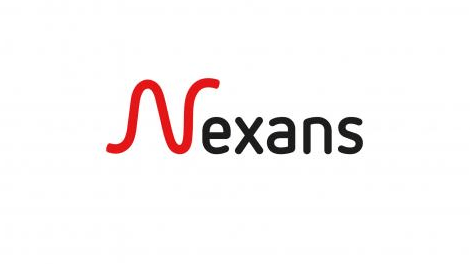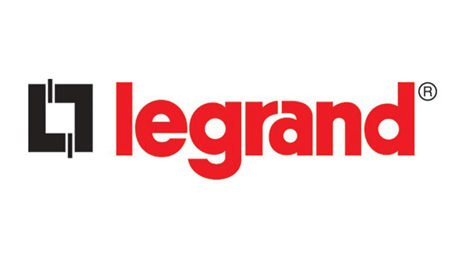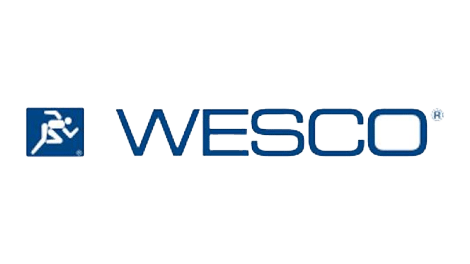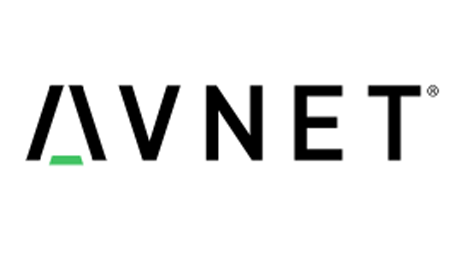Nexans – Nexans joins the Current/OS Foundation for the promotion and adoption of active DC microgrids
Nexans is happy to announce its membership to the Current/OS Foundation, a non-profit, open and independent foundation for the promotion and adoption of active direct current (DC) microgrids.
Make the transition to DC-powered buildings a reality
Cables are a fundamental part of a building’s electrical infrastructure in the transition to DC-powered structures: Nexans is committed to design and manufacture cable systems that are compatible and optimized with future DC building infrastructures.
DC is a game-changer in tomorrow’s energy transition
Max-André Delannoy, Group Technical & Innovation VP at Nexans, explains : “we already live in a DC world: electronic devices, solar generation, battery energy storage systems, LED lighting, electric vehicles, ventilation and air-conditioning systems are all DC-powered. But all these devices are interfaced by AC/DC converters that introduce significant losses during conversion. DC is a game-changer in tomorrow’s energy transition for a more efficient, smarter electrical infrastructure. It is essential for Nexans to better understand such architecture and its deployment in buildings, to develop the most suitable cable solution. Joining Current/OS and leveraging Nexans’s expertise, we are helping to make the vision of smart, connected, sustainable DC-powered structures a reality.”
Towards unified standards and codes
Several challenges need to be addressed for the adoption of DC-powered buildings to become widespread. One of the significant challenges is the uptake by industry professionals who have extensive knowledge and experience in AC power. It will take a collective effort by industry leaders, manufacturers, and regulators to educate and train professionals on DC-powered infrastructure.
In addition, building standards and codes need to be built to address specifications for DC-powered devices. This will ensure that buildings are designed and constructed with DC infrastructure in mind and that the safety and performance requirements for DC-powered devices are met.
The Foundation was set up to assure the availability of the Current/OS Set of Rules to any product manufacturer. It aims to come to a unified standard for DC microgrid control purposes. The Foundation provides its partners with an open set of rules and clear guidelines on how to manufacture products that work in a Current/OS based DC environment.
By joining the Foundation, Nexans is showing its commitment to innovate to make possible the transition to more efficient electrical systems.
Unleashing the power of DC buildings
With the global demand for electricity expected to increase 20% by 2030 and the increasing pressure to transition to renewables, the War of the Currents is once again in the spotlight.
SourceNexans
EMR Analysis
More information on Nexans: See the full profile on EMR Executive Services
More information on Christopher Guérin (Chief Executive Officer, Nexans + President, Europacable): See the full profile on EMR Executive Services
More information on Max-André Delannoy (Vice President, Group Technical & Innovation, Nexans): See the full profile on EMR Executive Services
More information on Current/OS Foundation: https://currentos.foundation/ + Non-profit, open, independent, the Current/OS foundation promotes adoption, provides and further develops an OPEN standard system for Direct Current (DC) distribution to improve resilience, sustainability, and safety of energy distribution.
The Current/OS Foundation Board is expected to have around ten members. Today, the board members are Eaton and Schneider Electric as founding members of the foundation, joined in 2022 by ABB and UL.
EMR Additional Notes:
- AC (Alternating Current) & DC (Direct Current) & UC (Universal Current):
- Direct current (DC) is an electric current that is uni-directional, so the flow of charge is always in the same direction. As opposed to alternating current, the direction and amperage of direct currents do not change. It is used in many household electronics and in all devices that use batteries.
- Direct current has many uses, from the charging of batteries to large power supplies for electronic systems, motors, and more. Very large quantities of electrical energy provided via direct-current are used in smelting of aluminum and other electrochemical processes.
- in contrast to AC power, DC power is entirely made up of active power, meaning that there are almost no losses due to the capacitance of wires when DC power travels long distances. In fact, high voltage AC transmission systems have losses of 7% to 15% with aboveground transmission.
- Alternating Current is used in homes as Direct current can not be easily stepped up or stepped down with the help of transformers whereas alternating current can easily be converted from low voltage to high voltage or vice-versa with the help of transformers.
- “UC” is used for “Universal Current”, that translates to “either DC or AC”. So a 24 V UC input can accept either 24 V AC or 24 V DC.
- Grid, Microgrids and DERs:
- The power grid is a network for delivering electricity to consumers. The power grid includes generator stations, transmission lines and towers, and individual consumer distribution lines.
- The grid constantly balances the supply and demand for the energy that powers everything from industry to household appliances.
- Electric grids perform three major functions: power generation, transmission, and distribution.
- A microgrid is a small-scale power grid that can operate independently or collaboratively with other small power grids. The practice of using microgrids is known as distributed, dispersed, decentralized, district or embedded energy production.
- Smart Grid is any electrical grid + IT at all levels . Micro Grid is a group of interconnected loads and DERs (Distributed energy resources) within a clearly defined electrical and geographical boundaries witch acts as a single controllable entity with respect to the main grid.
- Distributed energy resources (DERs) are small-scale electricity supply (typically in the range of 3 kW to 50 MW) or demand resources that are interconnected to the electric grid. They are power generation resources and are usually located close to load centers, and can be used individually or in aggregate to provide value to the grid.
- Common examples of DERs include rooftop solar PV units, natural gas turbines, microturbines, wind turbines, biomass generators, fuel cells, tri-generation units, battery storage, electric vehicles (EV) and EV chargers, and demand response applications.
- Distributed energy resources management systems (DERMS) are platforms which helps mostly distribution system operators (DSO) manage their grids that are mainly based on distributed energy resources (DER).
- DERMS are used by utilities and other energy companies to aggregate a large energy load for participation in the demand response market. DERMS can be defined in many ways, depending on the use case and underlying energy asset.






